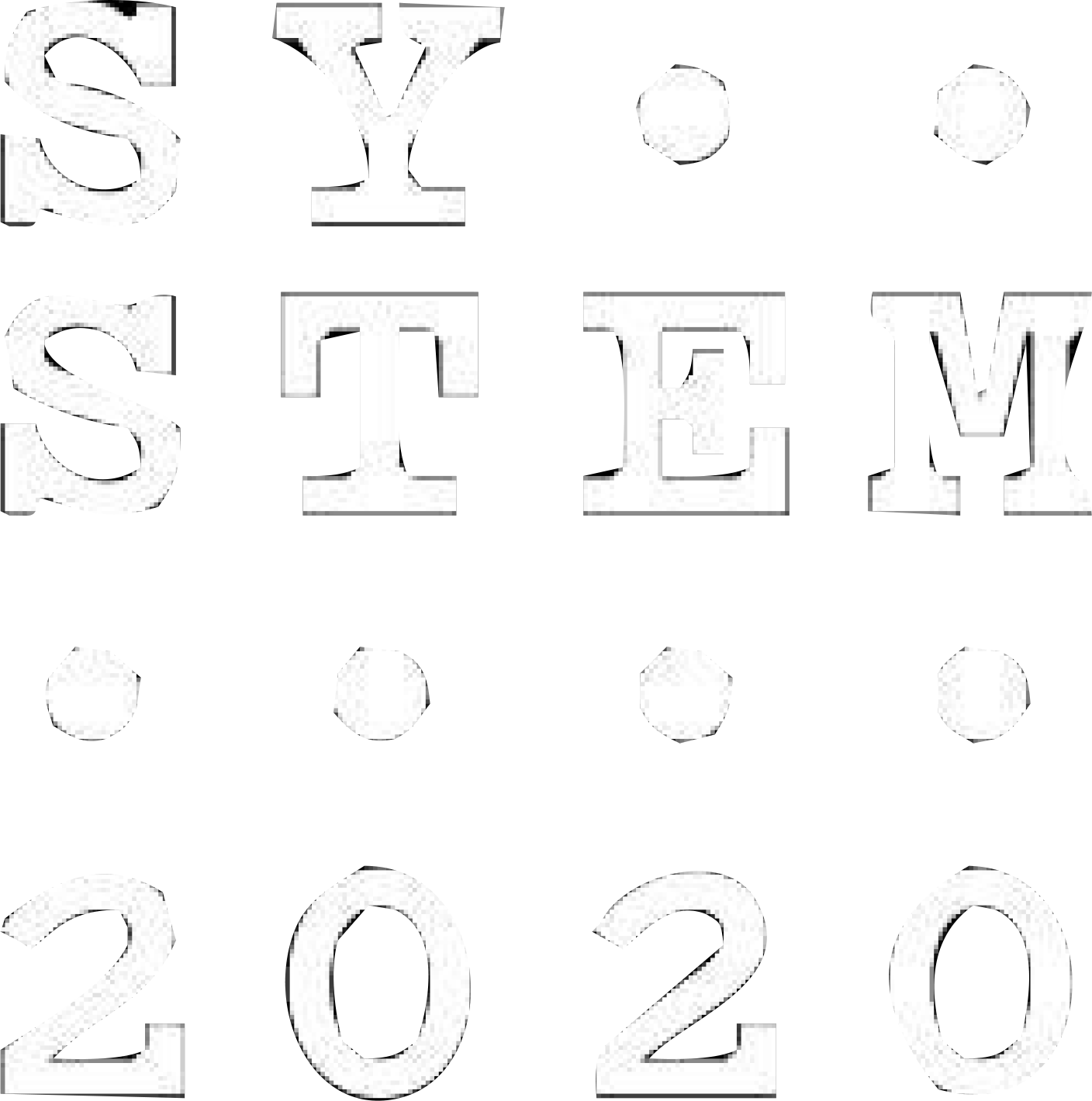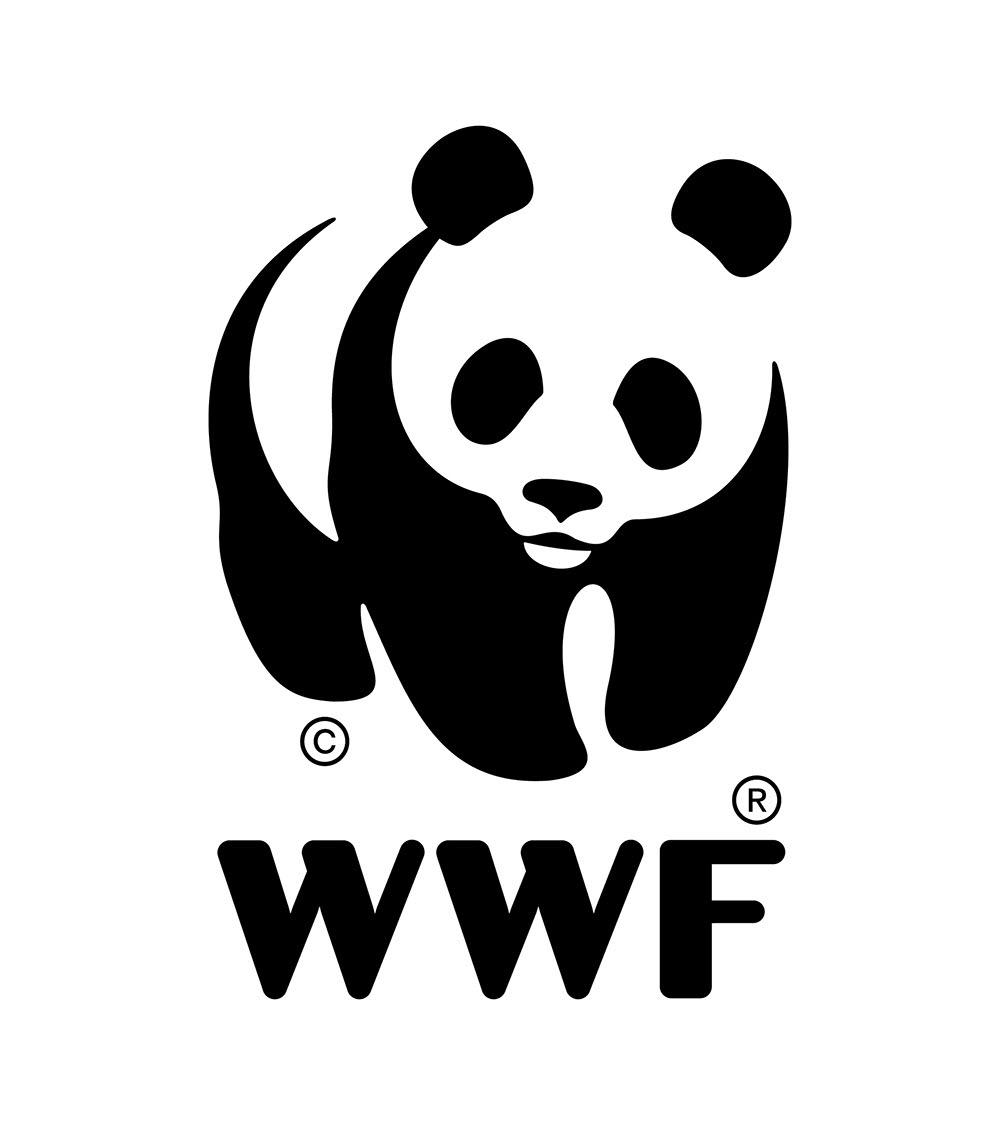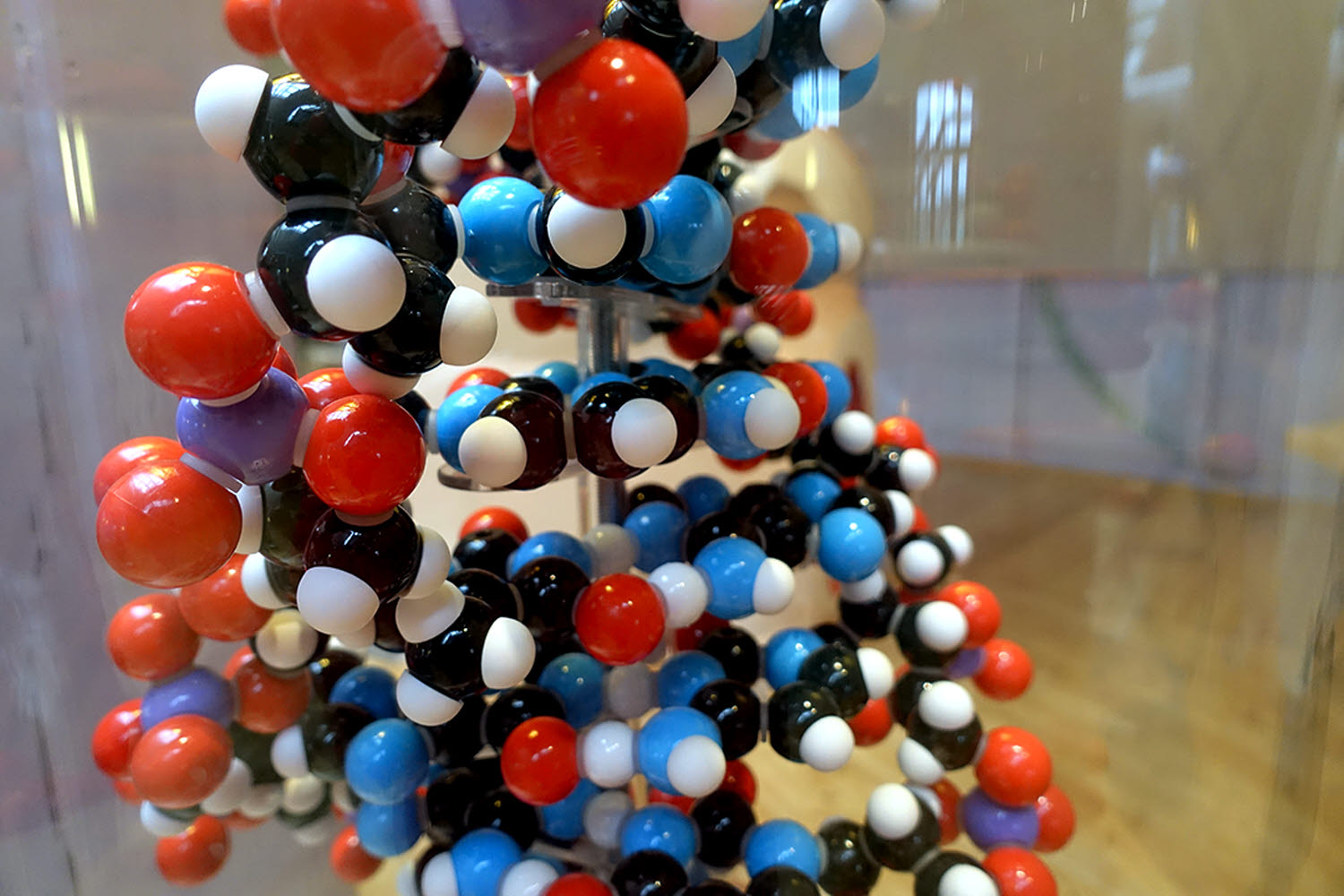
DNA
DNA is the chemical substance that has the genetic information (genome) of all the known organisms in the world.
DNA, or deoxyribonucleic acid, carries the genes of each individual person. This means that each person’s DNA determines what they will look like and how they will be able to adapt to their environment. You could say that DNA controls all the body’s functions and is linked to proteins that the DNA encodes.
There are identical copies of DNA in all the body’s cells. The different proteins in DNA provide different properties. One protein, for example, produces brown eye colour, while another gives a person blue eyes. Proteins also control many invisible properties that can be carried in a person’s DNA.
The proteins are produced inside the cells. To create the right proteins, a description or a prescription is needed. The prescription for a particular protein is found in your DNA molecule. The different rungs on the ladder determine how the proteins are to be built up. Each rung consists of two of the four substances:
- A = Adenine
- T = Thymine
- C = Cytosine
- G = Guanine
They are chemical building blocks called nitrogen bases. The chemical building blocks are combined as follows: A and T are always in the same pair while G and C always appear together as rungs on the ladder. The order of the different rungs provides the prescription for a specific protein. The prescription is sent from the cell nucleus out to the cell. The protein is then produced and transported to where it is needed. Proteins are found in enzymes that break down fats or sugar in the body, or in many hormones.
The DNA molecule consists of two long polymers – in a human being, about two metres long – which wrap around each other to form a helix. The long parts called polymers are held together by the nucleotides, or the rungs of the ladder. It is common to refer to these two parts as the backbone of the DNA molecule.
In the cells, DNA is arranged in long structures called chromosomes. The chromosomes double in a process called replication before the cells divide. This information can thus be preserved in both of the resulting cells.
In the cells that build the human body, most of the DNA is in a cell nucleus. A smaller part is, however, often found in the cell’s mitochondria or chloroplasts. Within the chromosomes are proteins that package and organise the chromosome, making sure that the long DNA spirals are coiled. The extent to which the spirals are coiled controls and regulates how genes are expressed. One example is when sperm are formed, and the DNA is packaged more densely so they become inactive in the sperm. Once inside the egg, the package becomes looser so that DNA can once again be used.


